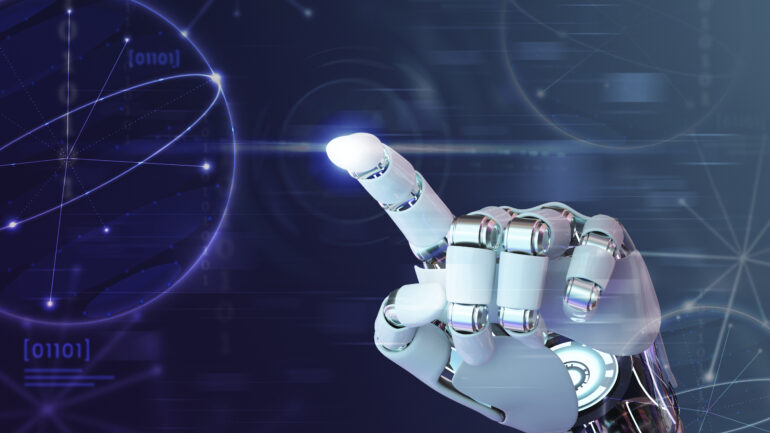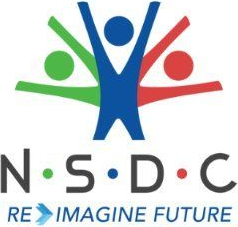AI’s New Frontier: How New Task Creation, not automation is Re-Inventing Work for All

A fresh look at the “task framework” reveals a powerful truth: artificial intelligence is generating whole categories of work that expand employment, lift wages, and add value to the wider economy—often faster than it replaces old roles. Here’s why that matters and how the pieces fit together.
- When AI adds tasks, paychecks grow: the study finds that a ten-percentage-point jump in brand-new, human-led tasks lifts group wages
- Ripples blunt the shock—and spread the bounty: competition for newly freed jobs halves the damage from automation
The economy is a constantly evolving checklist of tiny jobs—what we call tasks—that must be accomplished for any product or service before it reaches customers. An innovative task framework, introduced in a seminal paper “Tasks At Work: Comparative Advantage, Technology and Labor Demand” written by MIT researchers Daron Acemoglu, and Fredric Kong, and Pascual Restrepo of Yale, casts an interesting spotlight at these bite-sized chores, because they are where the impact of technology is first felt. While everyone is obsessed with robots stealing jobs, there is empirical evidence which reveals that the bigger story is one of continual task creation, and artificial intelligence (AI) has become the most potent engine of that process.
The researchers argue that Technological change can: (1) augment a specific labor type—e.g., increase the productivity of labor in tasks it is already performing; (2) augment capital; (3) automate work by enabling capital to perform tasks previously allocated to labor; (4) create new tasks. It is the fourth element of creating new tasks that adds the highest economic value. New tasks increase productivity by reorganizing production or introducing a finer division of labor. New tasks, they explain, assigned to labor tend to raise the real wages of all skill groups and the labor share of national income. Computer-assisted design tools, machinery that enable novel technical work, and new programming, integration, and customer service functions introduced by recent technologies are examples of new tasks.
While algorithms may indeed replace humans engaged in routine work, but on the other hand they create fresh needs that only people can meet at first. Large-language models, for instance, can write a piece of code or marketing copy in seconds, yet organizations suddenly need prompt engineers to cajole the best output from these models, curators to build synthetic training data, ethicists to audit bias, and integration experts to twine AI tools into legacy systems — roles nonexistent even five years ago. Researchers have demonstrated that the introduction of new human-led work raises wages, boosts hours, and even increases the overall share of national income paid to labour—thereby often offsetting the losses from automation in adjacent tasks.
The principle is rather simple and based on common sense. When a new task emerges, firms cannot hand it to machines straightaway because no machine is yet capable of performing it; instead they need to hire workers who able to leverage domain expertise with the knowledge of the new technology. Wages for these trailblazers rise because demand is high and supply is short. As other players mimic the innovation, employment in that task scales up, and the productivity gains ripple outward: downstream teams deliver projects sooner, upstream suppliers see higher orders, and consumers enjoy better or cheaper offerings. Importantly, because these tasks did not replace a preexisting human activity, they enlarge the pie rather than reshuffle it.
AI powers this dynamic because its very design philosophy favors rapid recombination. A same foundation model can be fine-tuned for legal research one week and drug discovery the next, generating customized tasks in each discipline. In turn, universities race to update curricula, entrepreneurs form start-ups around niche applications, and regulators draft oversight protocols—each a bundle of fresh employment opportunities.
The researchers found that historical data from 1980 to 2016 suggest that every ten-percentage-point gain in the share of new tasks raised group wages by roughly eight and a half per cent and boosted hours worked by more than a quarter. The initial signals emanating from the surge of GenAI applications indicate a similar trend: job-board listings that mention GPT or Llama are growing exponentially, and starting salaries frequently exceed those of traditional software engineers.
The discussion around task creation also redefines the policy dialogue. If governments are concerned only on taking care of displaced workers, they risk losing out on the larger prize: speeding up the spread of new, high-value tasks so that more people can step into them. Training subsidies tied to emergent skill sets, R&D incentives for human-complementary AI, and clear standards that mandate human oversight in sensitive workflows all tilt adoption toward task-generating pathways. Firms, for their part, can audit their value chains to identify where AI is likely to create rather than merely substitute—and invest in reskilling programs that channel employees toward those frontier roles.
None of this implies self-complacency. Task creation does not happen by default; it relies on open innovation ecosystems, agile education systems, and labour markets nimble enough to match people with new opportunities. Yet the task framework makes an encouraging empirical point: over the past four decades, new human-centric tasks have accounted for the lion’s share of productivity growth while explaining a significant portion of rising wage differentials. AI, with its unprecedented capacity to spawn such tasks across every sector, looks set to deepen that trend—provided society leans into the opportunities rather than retreating from the risks. Seen through this lens, the question is no longer whether AI will leave anyone with work to do, but how quickly institutions can scale the roles it is already inventing. The sooner businesses, educators, and policymakers shift their gaze from headline job counts to the granular choreography of tasks, the sooner they can capture the full, society-wide dividends of the new machine age.


